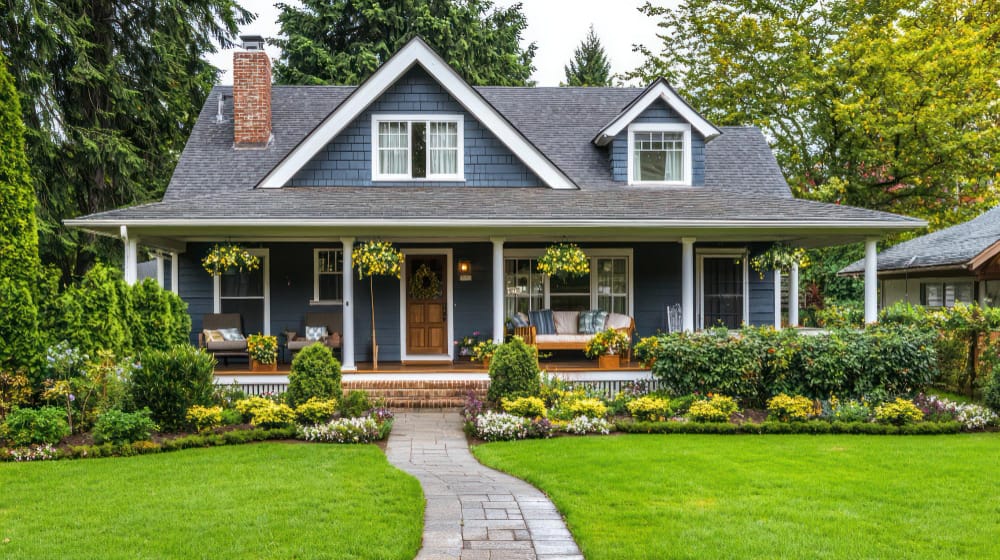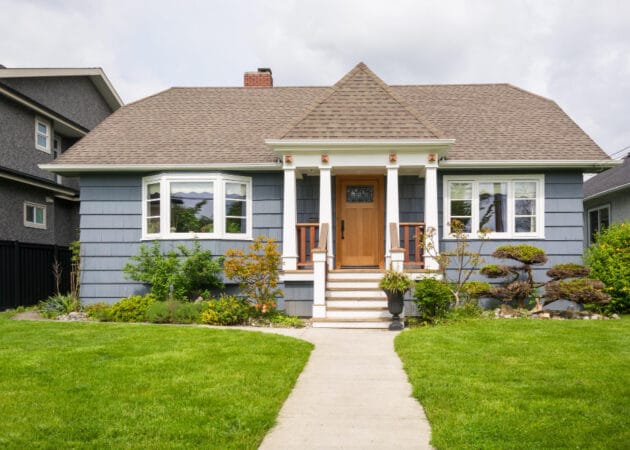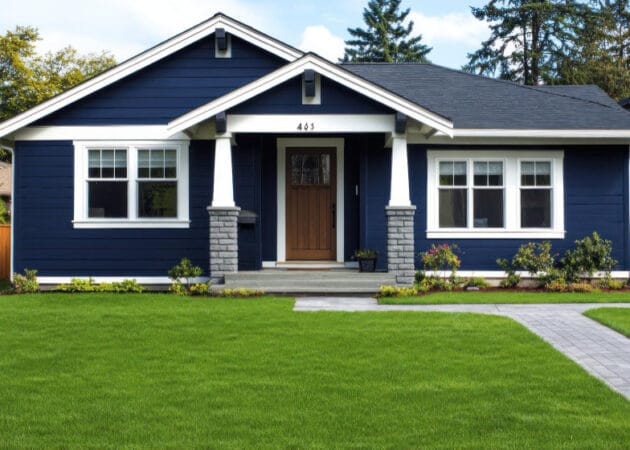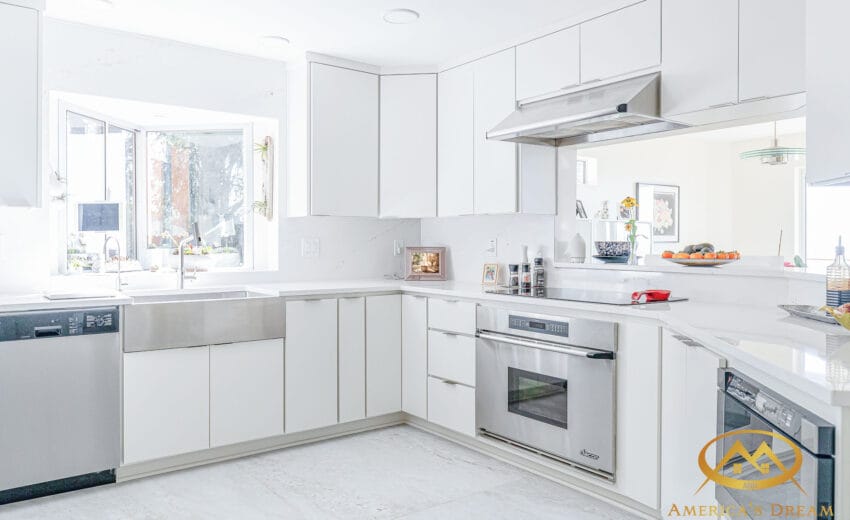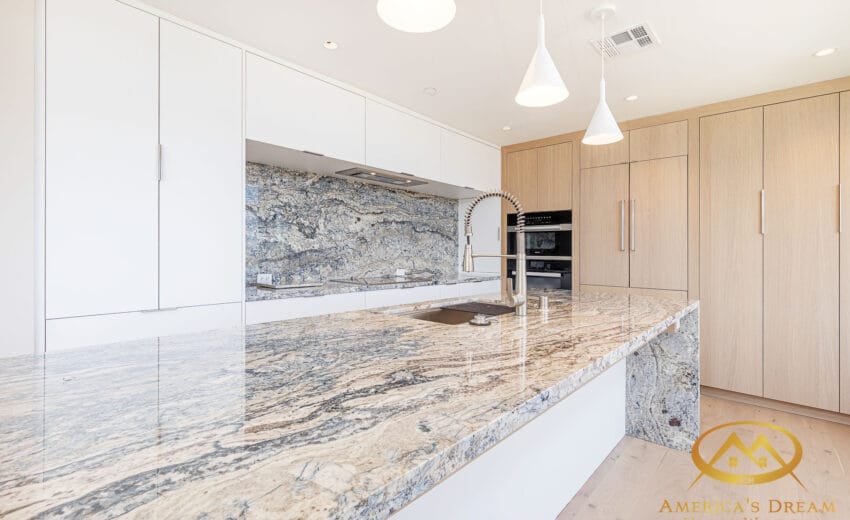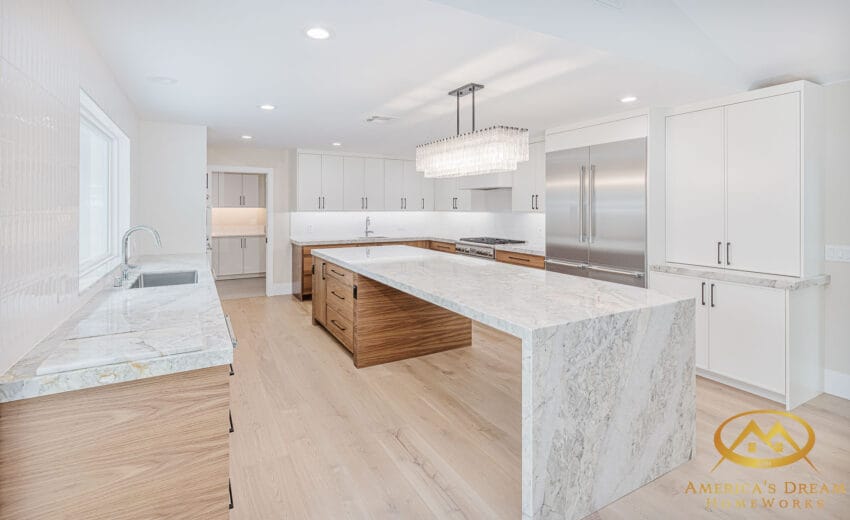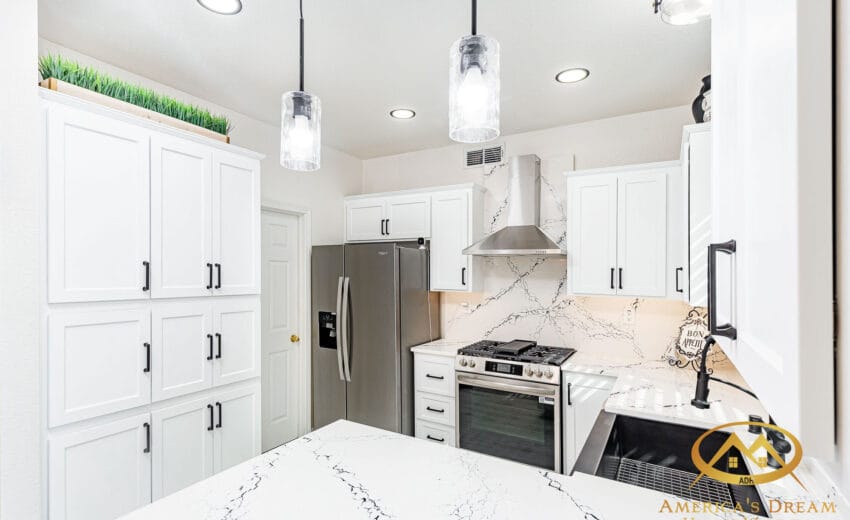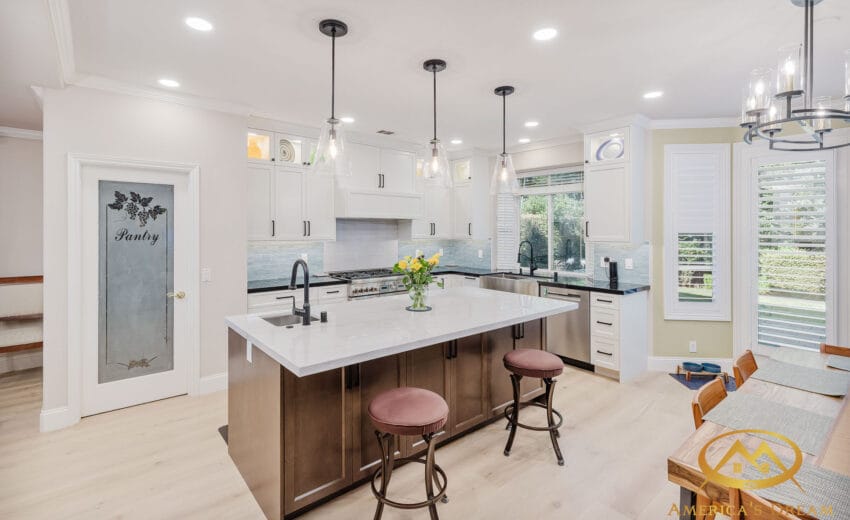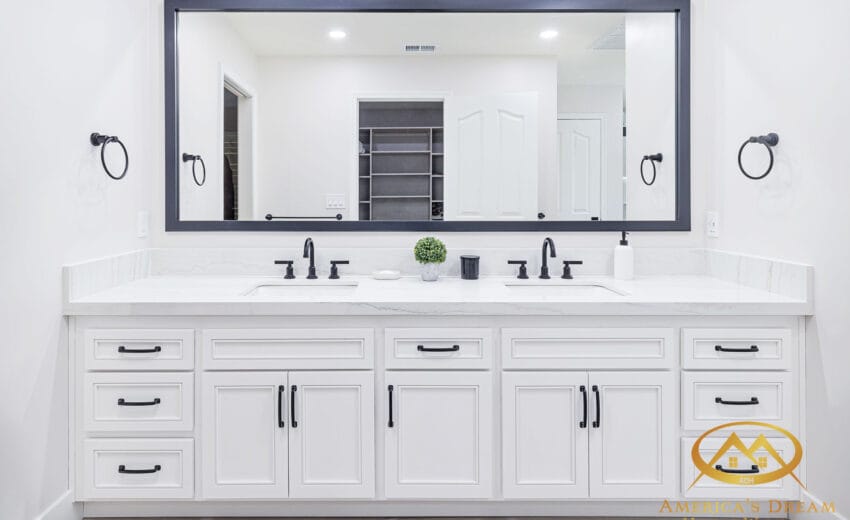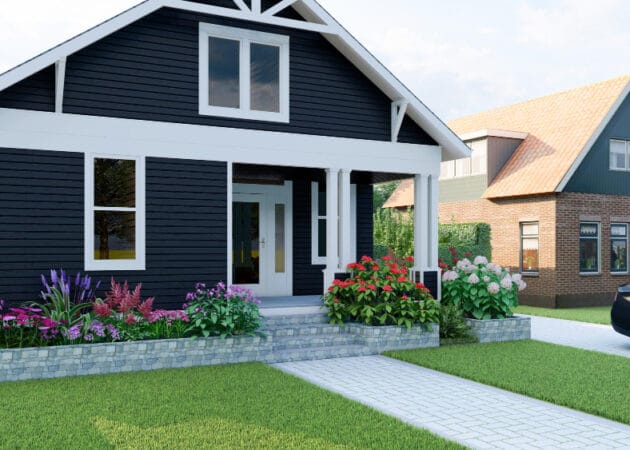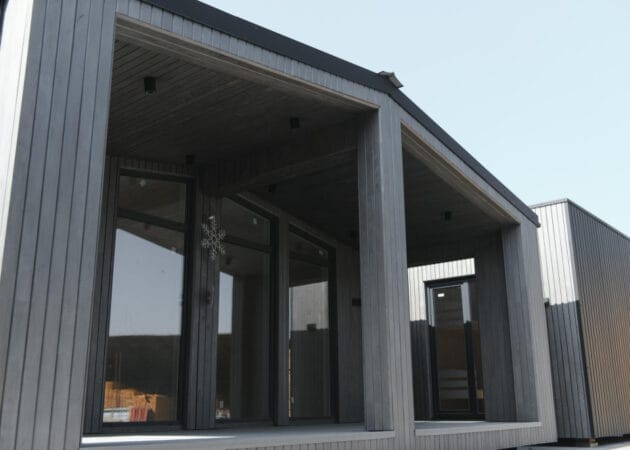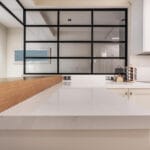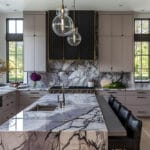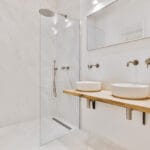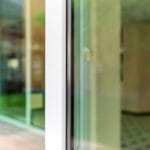If you’ve ever admired a home with perfectly overlapping horizontal boards and crisp shadow lines, you’ve seen lap siding — one of the most classic and versatile exterior designs around. But what exactly is it, why is it so popular, and how do you know if it’s right for your home?
Let’s break it down — no jargon, no fluff — just the clean facts and design insights every modern homeowner should know.
What Is Lap Siding?
Lap siding (short for “overlapping siding”) is an exterior cladding style where each board slightly overlaps the one below it. The design helps water shed off the surface, protecting the home from moisture damage.
It’s a centuries-old concept that’s evolved into a modern favorite for its combination of style, simplicity, and durability.
You’ll see lap siding on everything from cozy craftsman cottages to sleek contemporary builds — proving that timeless design never really goes out of style.
👉 Thinking of updating your exterior? Explore professional siding installation services to see how lap siding can elevate your home’s look and performance.
How Lap Siding Works
Here’s the functional genius of lap siding:
Each board is installed horizontally, overlapping the next to create a weather-tight barrier.
The overlapping edge directs rainwater downward, keeping it from seeping behind the siding.
Depending on material, lap siding can be nailed directly to studs or to sheathing.
This system not only looks good but performs exceptionally well in most climates — one reason it’s remained a top exterior choice for generations.
Types of Lap Siding
There are several variations of lap siding, each with its own character.
Clapboard (Traditional Lap Siding)
The classic choice: long, narrow boards thicker on one edge for that iconic overlapping effect.
Often made from wood or fiber cement.
Clean, traditional, and universally appealing.
Dutch Lap
Features a decorative groove for extra texture and shadow lines.
Popular in vinyl siding versions for colonial-style homes.
Beaded Lap
Adds a rounded “bead” detail along the bottom edge of each board.
Great for a subtle touch of craftsmanship.
Shiplap (Yes, That One)
Technically a variation of lap siding, but with tighter joints.
Often used indoors, but exterior-grade versions exist for a modern farmhouse feel.
Check Our Recent Projects
Common Materials
Lap siding isn’t limited to wood anymore — modern technology offers multiple materials that mimic the look while improving performance.
| Material | Key Features | Maintenance Level |
|---|---|---|
| Wood | Warm, natural look; can be stained or painted | High |
| Vinyl | Affordable, low-maintenance, color-fast | Low |
| Fiber Cement | Durable, resistant to rot and fire | Low |
| Engineered Wood | Eco-friendly, cost-effective wood alternative | Moderate |
| Metal (Aluminum/Steel) | Modern look, highly durable | Low |
👉 For most homeowners, fiber cement or engineered wood lap siding hits the perfect balance between aesthetics, longevity, and low maintenance.
Design Benefits of Lap Siding
Aside from practicality, lap siding is a design powerhouse.
Clean horizontal lines visually elongate your home, making it appear wider and more grounded.
Shadow play adds subtle depth and architectural detail without feeling busy.
Color versatility: from crisp whites to bold charcoals, lap siding complements nearly every palette.
Minimalist modern? Go for smooth, wide boards in a matte finish.
Classic craftsman? Try narrower planks with visible wood texture.
The beauty of lap siding is that it adapts to your design personality.
Durability and Maintenance
One reason lap siding stays so popular is that it’s built for longevity. But maintenance depends on your material:
Wood needs repainting or resealing every 5–7 years.
Fiber cement lasts 30–50 years with minimal upkeep.
Vinyl and engineered wood resist rot and pests, with only occasional cleaning required.
Regular inspection and cleaning go a long way toward preserving the crisp lines and finish that make lap siding so appealing.
Cost Snapshot
Prices vary based on material, installation, and location, but here’s a quick comparison:
Vinyl Lap Siding: $4–$8 per sq. ft. installed
Engineered Wood Lap Siding: $6–$10 per sq. ft. installed
Fiber Cement Lap Siding: $8–$12 per sq. ft. installed
Natural Wood Lap Siding: $10–$15 per sq. ft. installed
While fiber cement may cost more upfront, it delivers the best long-term value thanks to its durability and low maintenance.
Is Lap Siding Right for You?
If you want an exterior that’s:
Classic yet current,
Low-maintenance yet high-impact, and
Durable enough to handle the elements —
…then lap siding is a solid choice. It’s versatile enough for modern architecture yet timeless enough for traditional homes.
Final Thoughts
So, what is lap siding? It’s a tried-and-true exterior design that blends function with effortless style. Whether you prefer the natural warmth of wood or the lasting performance of fiber cement, lap siding offers a clean, modern look that stands the test of time.
At America’s Dream HomeWorks, we help homeowners choose and install lap siding that perfectly complements their architecture and lifestyle.
✨ Ready to give your home a fresh, timeless look? Explore our siding remodeling services and discover why lap siding remains one of the most trusted exterior choices for Sacramento homes.
